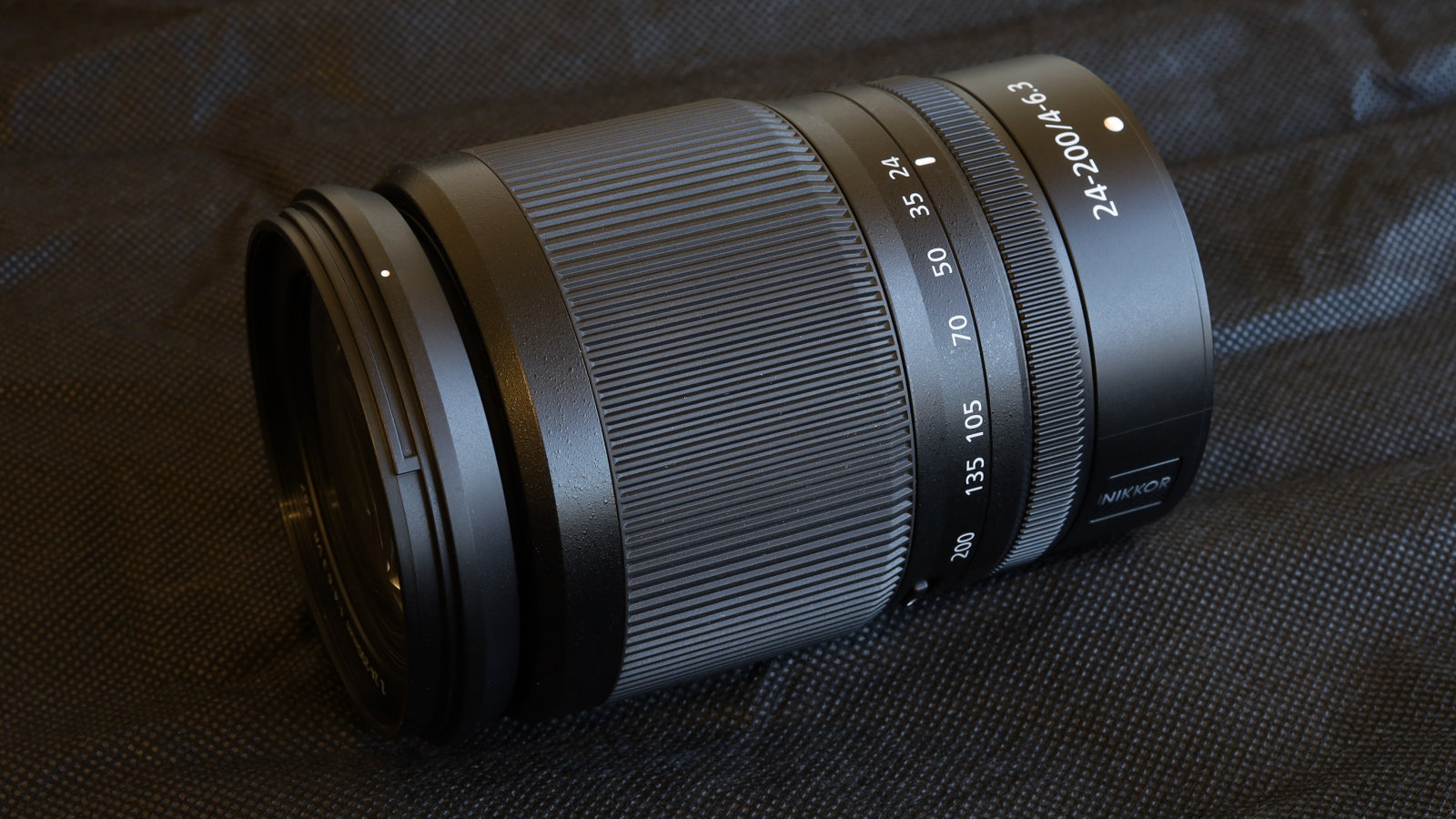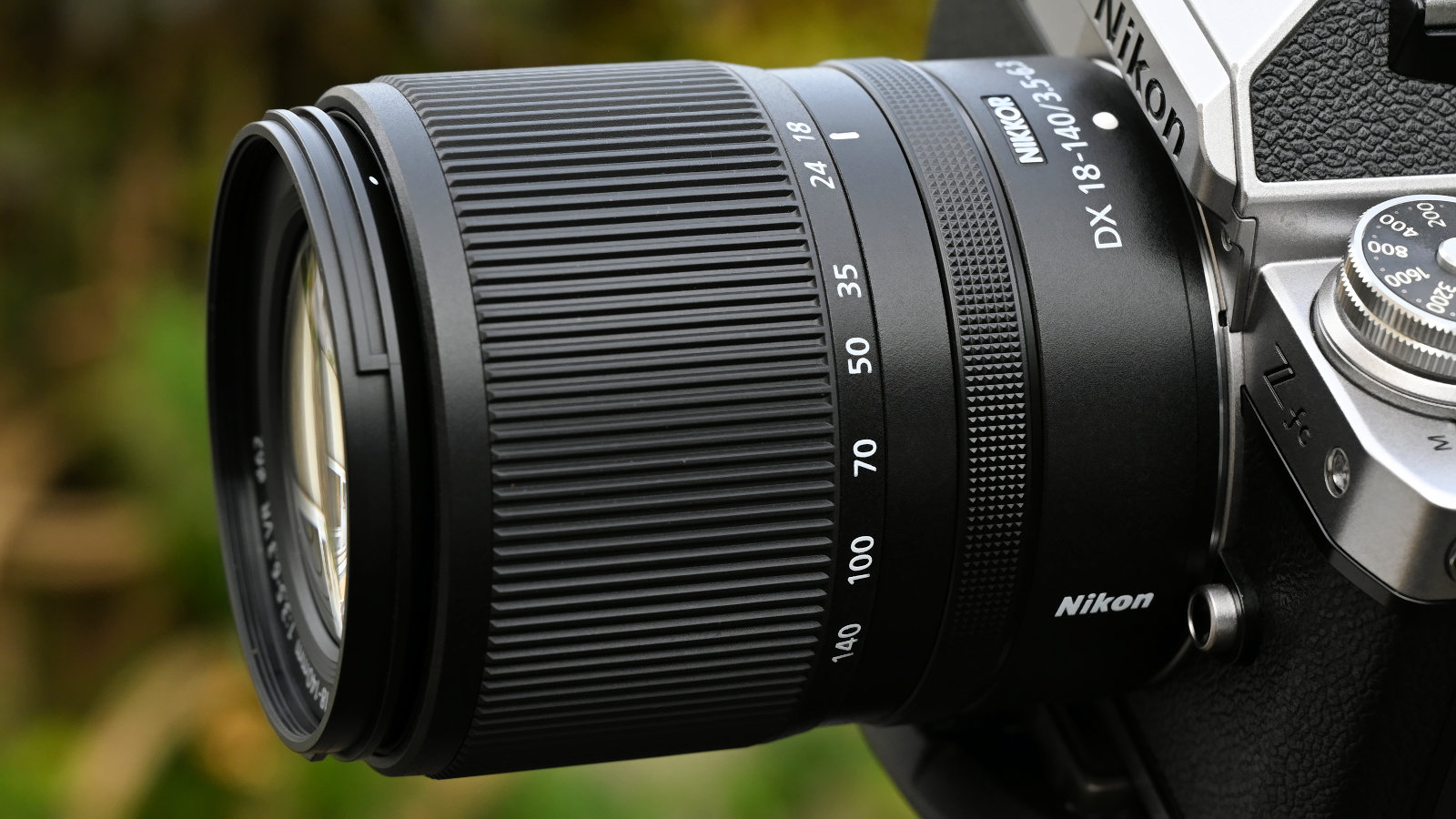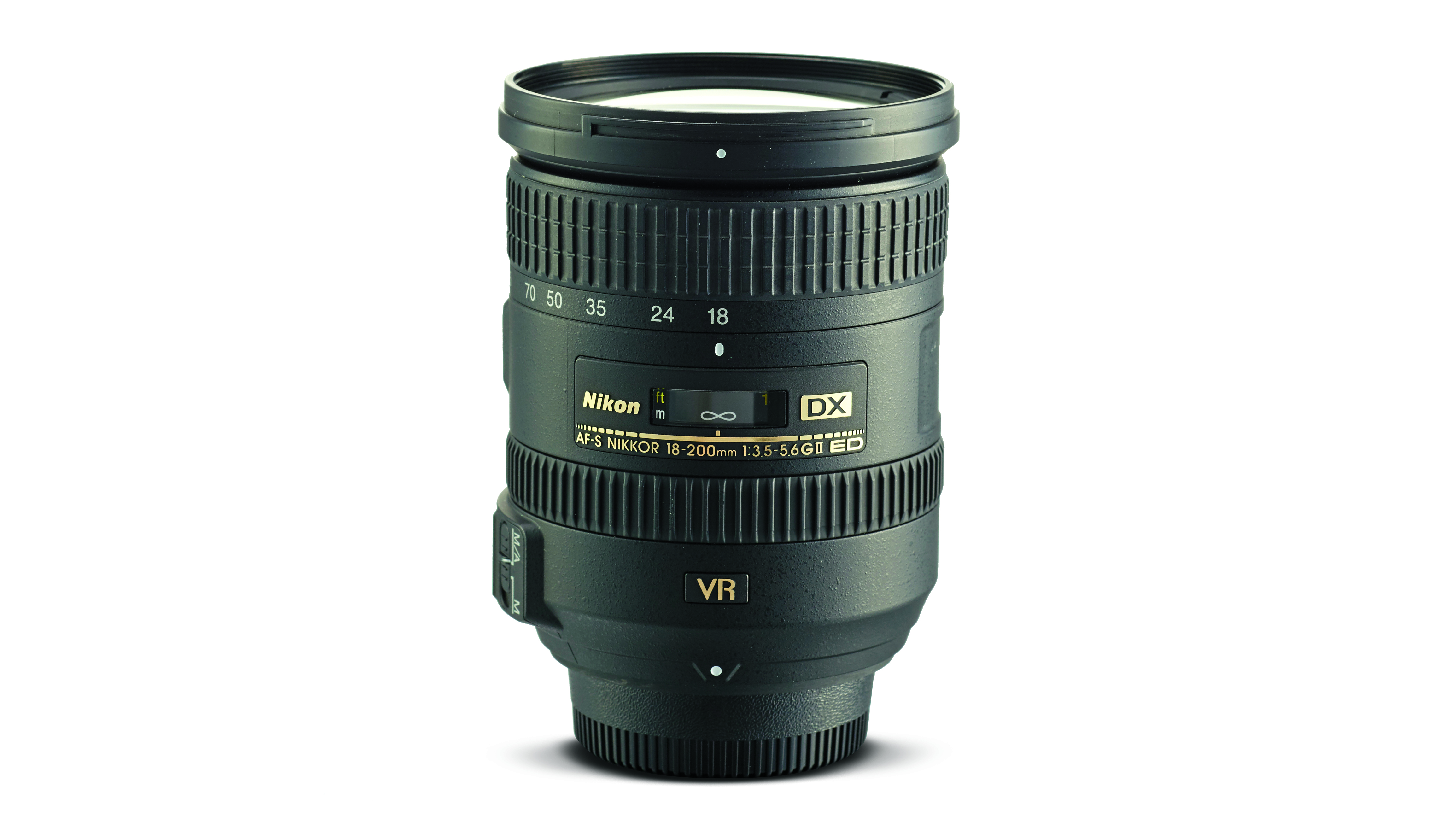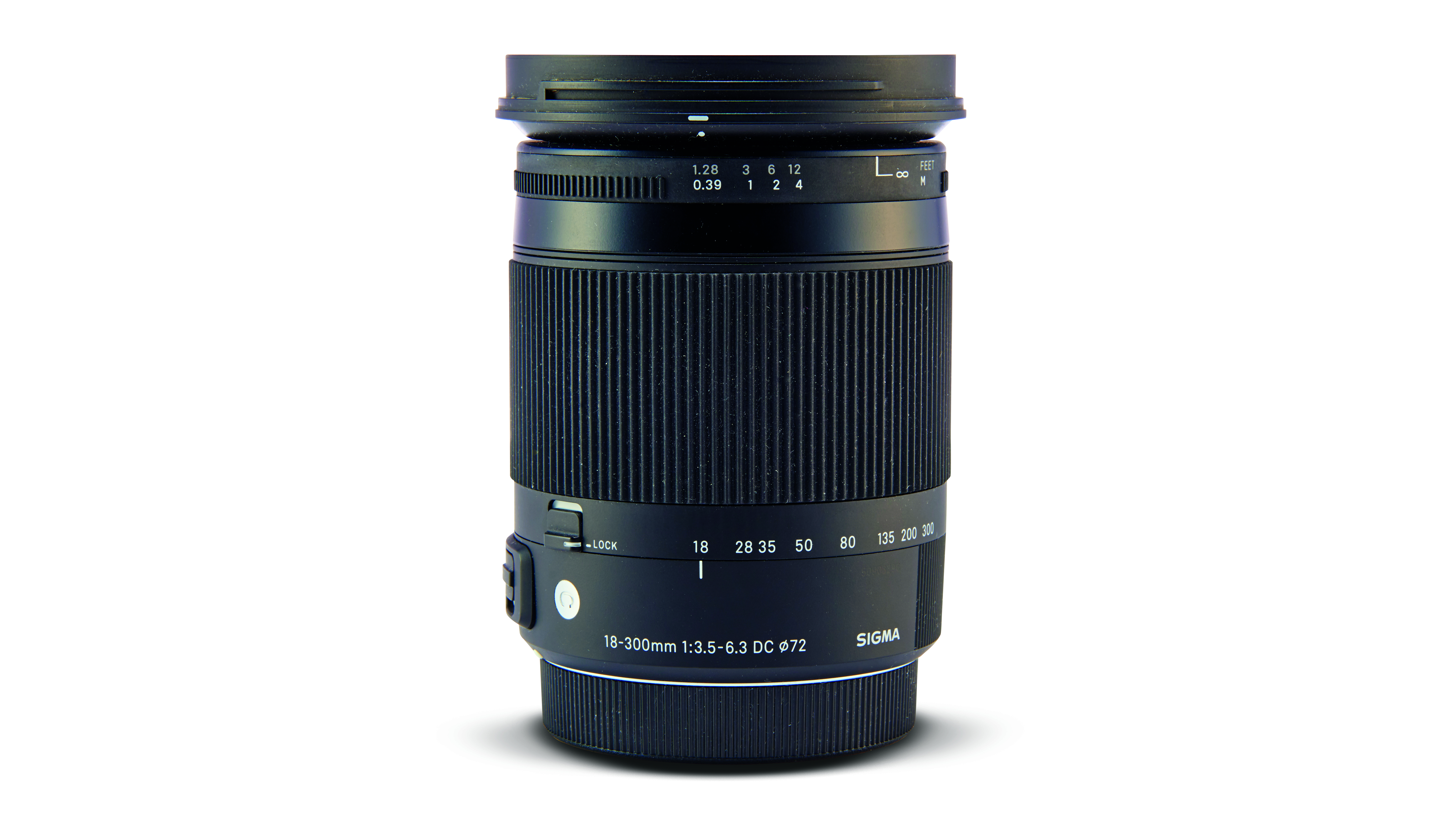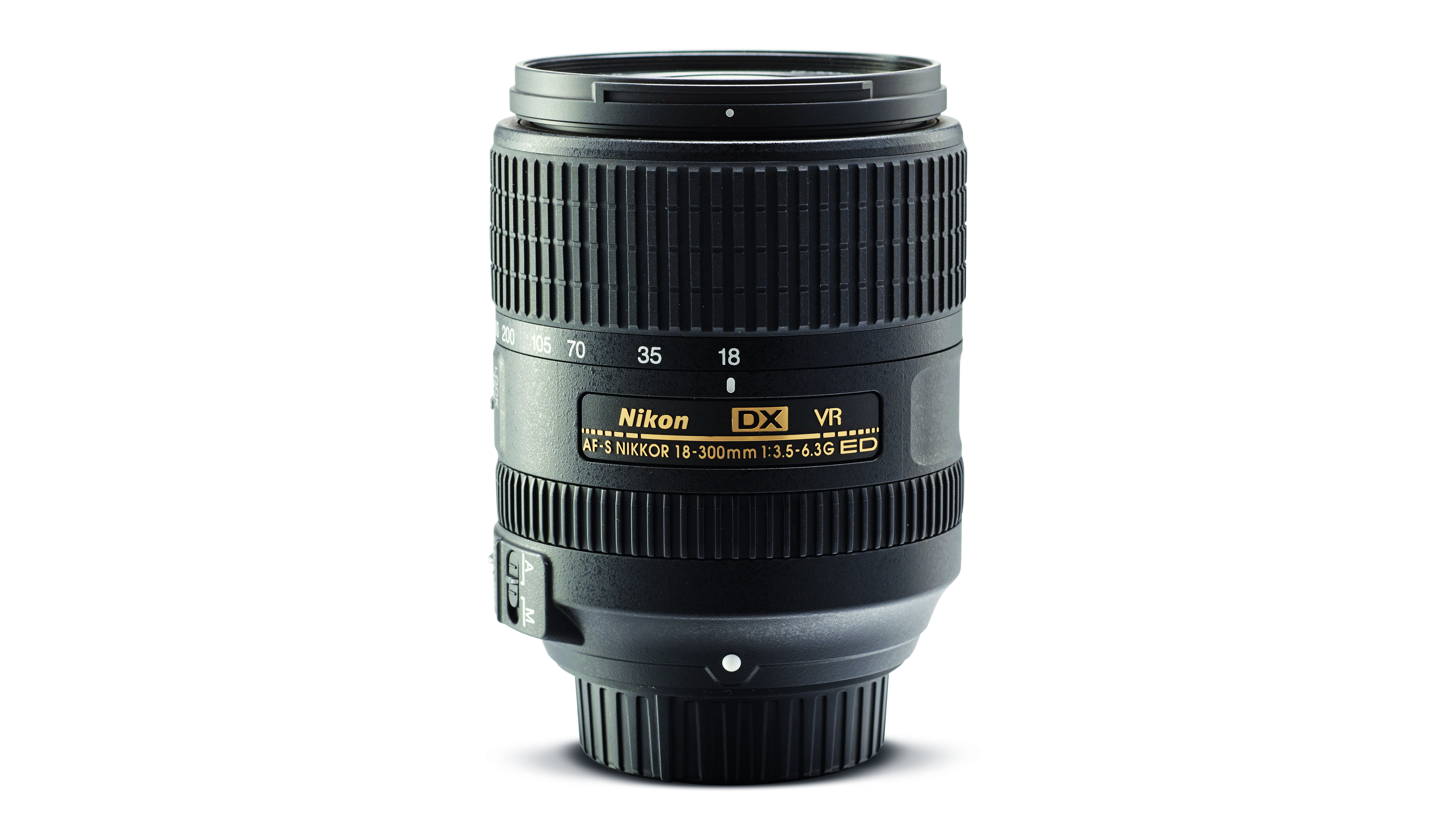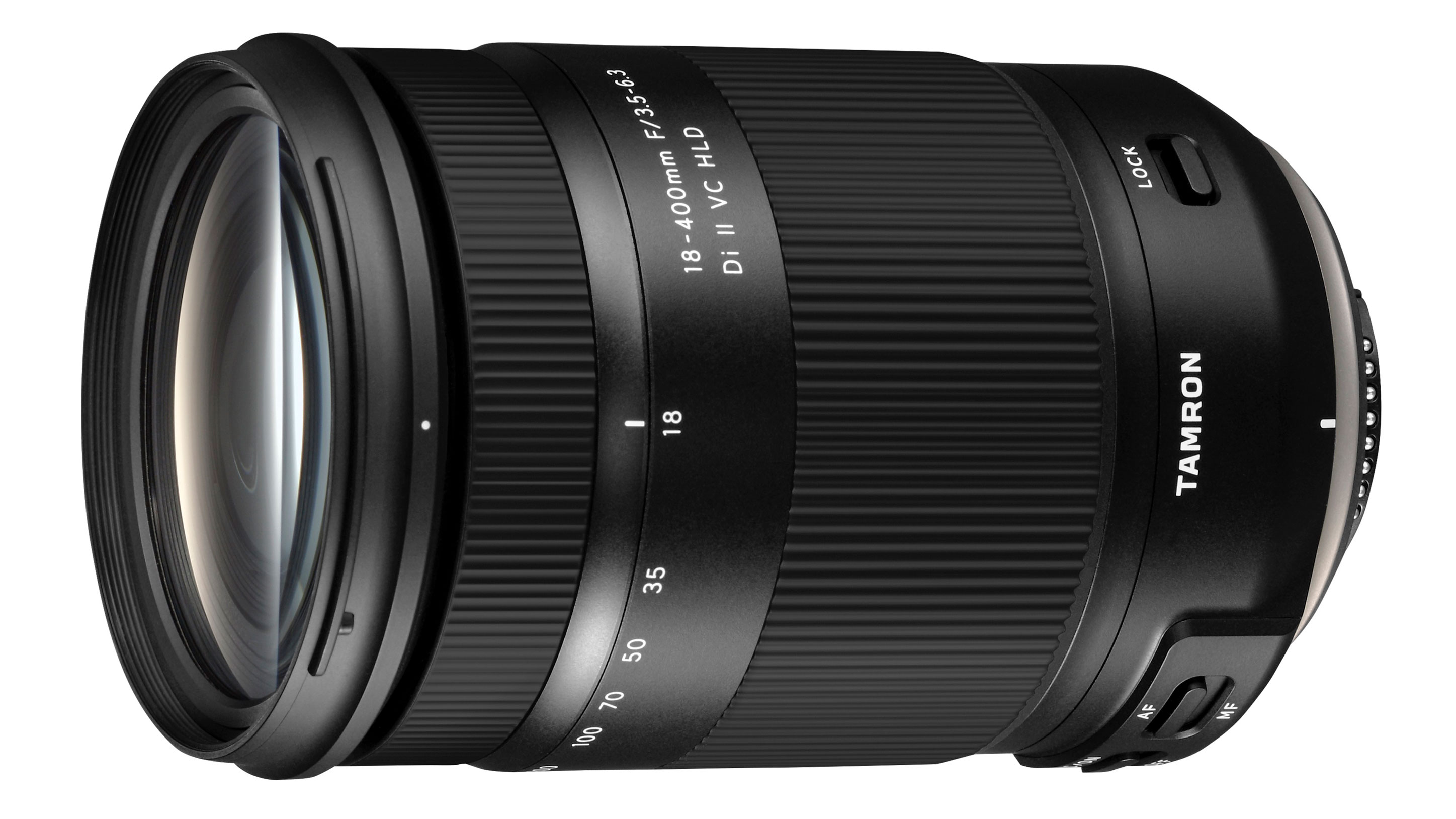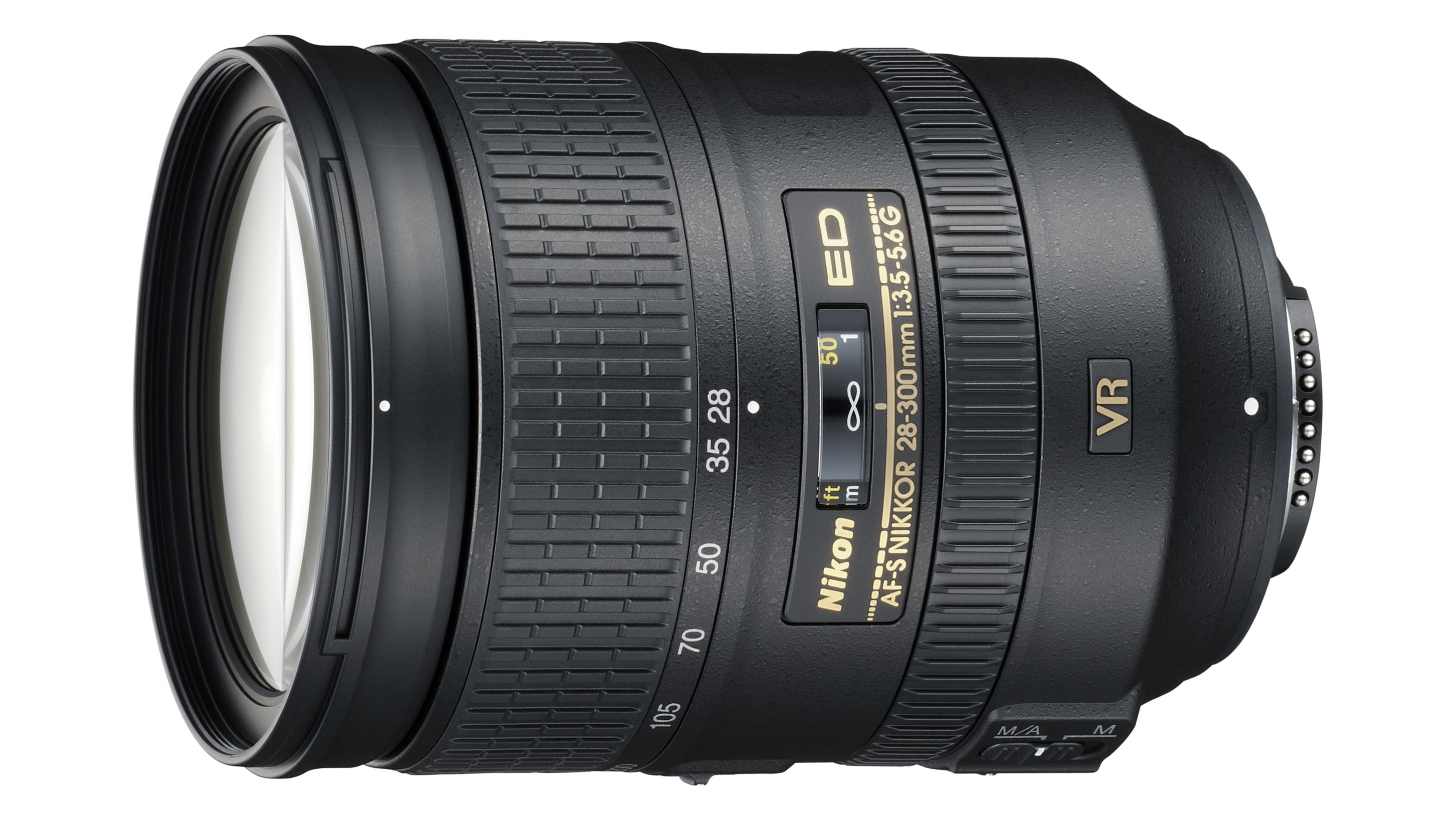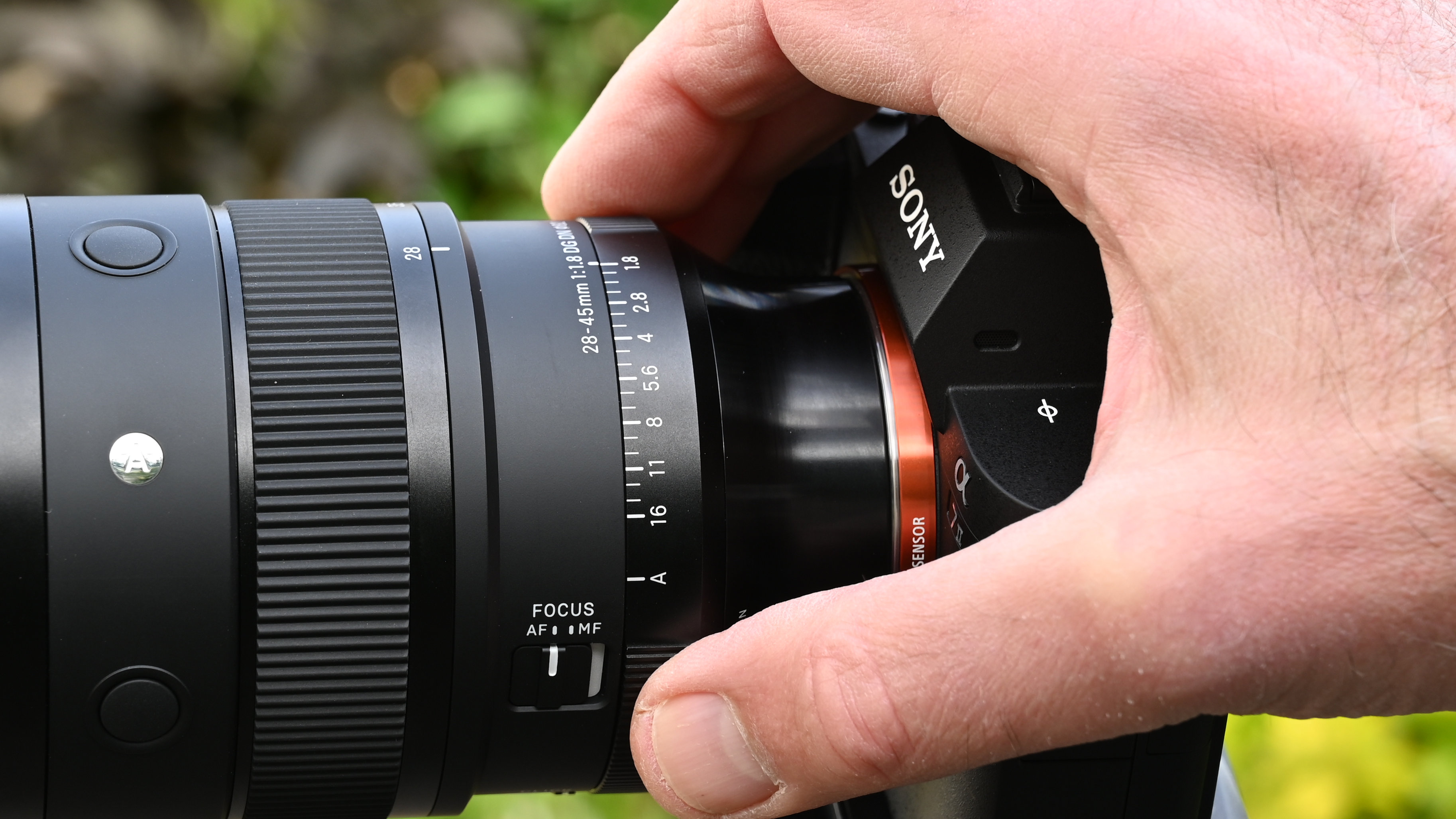The best superzooms for Nikon cameras in 2025: all-in-one lenses ideal for travel
The best Nikon-fit superzoom lenses give you ultimate convenience and versatility, stretching from wide-angle to super-telephoto for shooting just about anything

With one of the best superzoom lenses for Nikon, you can turn your mirrorless camera or DSLR into an all-in-one powerhouse. Covering the gamut from a wide perspective to a powerful telephoto, superzoom lenses are ideal for exploring city streets or visiting famous landmarks – as long as you're aware that they come with some compromises.
You won't get the same kind of sharpness as you'd get from shorter zooms or primes – but the convenience is unparalleled. Plus, improvements in optical engineering, coupled with advancements in stabilization technology, have made superzooms much easier to use than they once were, and the resulting images speak for themselves.
I've included options for users of Nikon Z-mount mirrorless cameras and Nikon F-mount DSLRs, both APS-C and full-frame. I've tested all the lenses on this list, and a lens only makes the cut if it impresses me and offers value for money.

Matthew Richards is a photographer and journalist who has spent years using and reviewing all manner of photo gear. He is Digital Camera World's principal lens reviewer – and a self-confessed fan of superzooms! He has tested many Nikon superzoom lenses, and has selected the most impressive specimens for this guide.
The Quick List
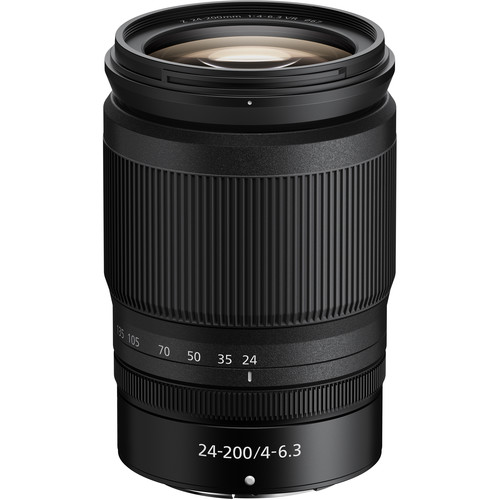
The best superzoom lens for Nikon Z mirrorless cameras, this superb optic balances image quality, portability and ease of use for a brilliant shooting experience.
Read more below

If you need maximum range, this superzoom for Nikon Z will deliver it – though it's a hefty full-frame lens, and the barrel extends significantly when zoomed.
Read more below
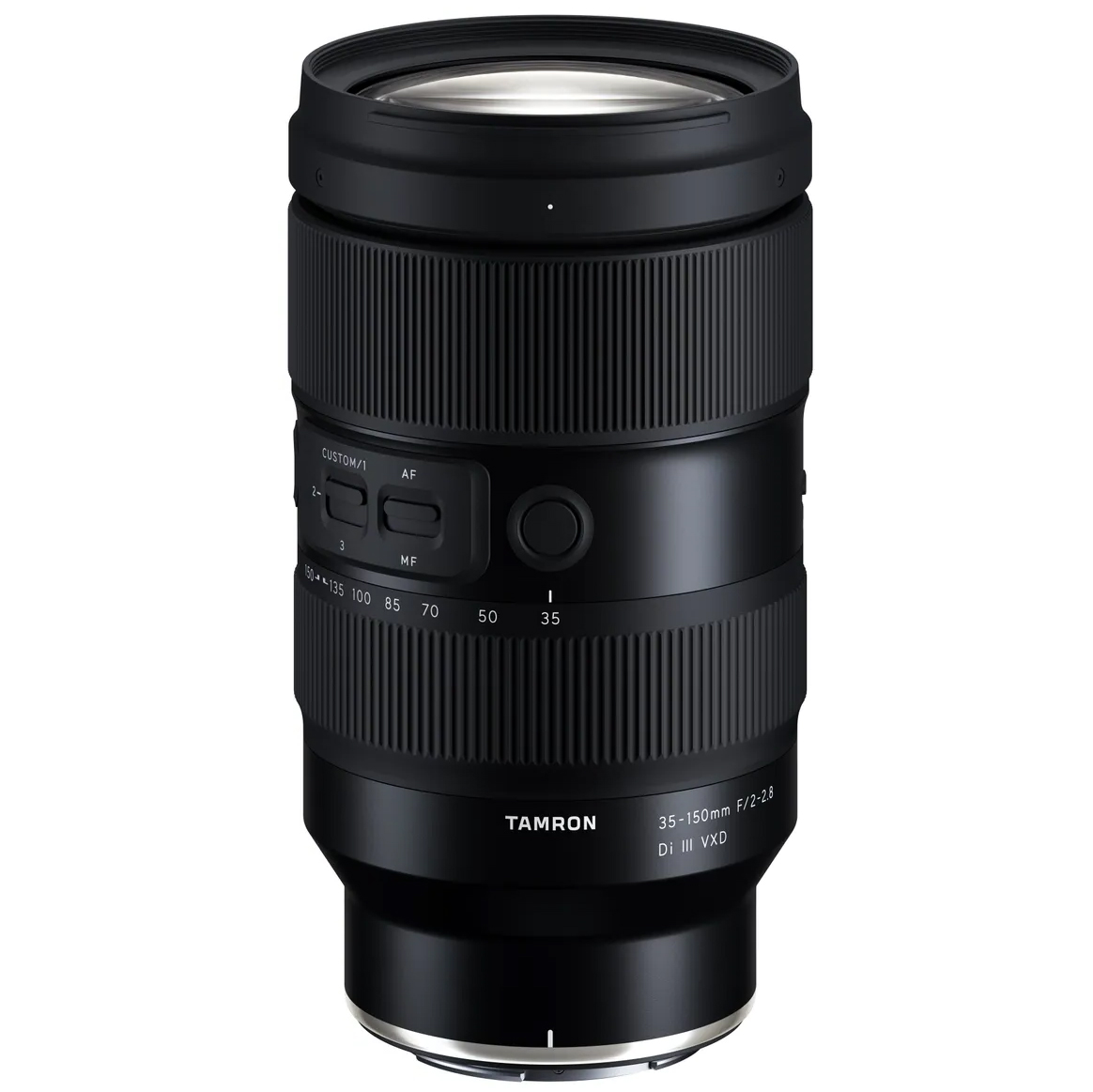
Okay, so the 35-150mm zoom range may not be that 'super', but with an aperture that goes from f/2-2.8, it's far faster than anything else here…
Read more below
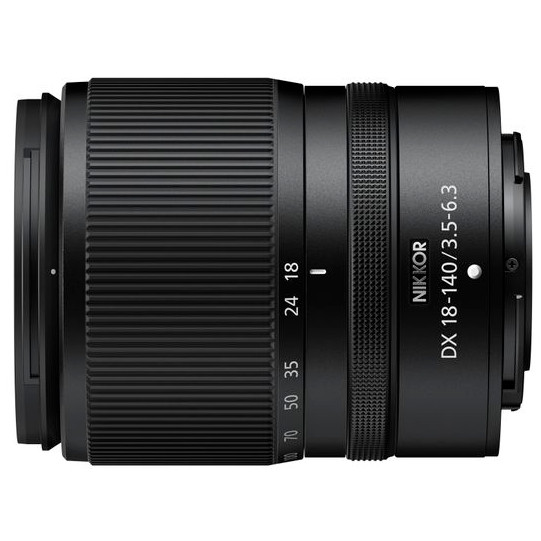
If you're using a DX-format Nikon mirrorless camera like the Z50II, Z50, Z30 or Z fc, then this DX superzoom is a great choice, covering an effective 27-210mm range.
Read more below
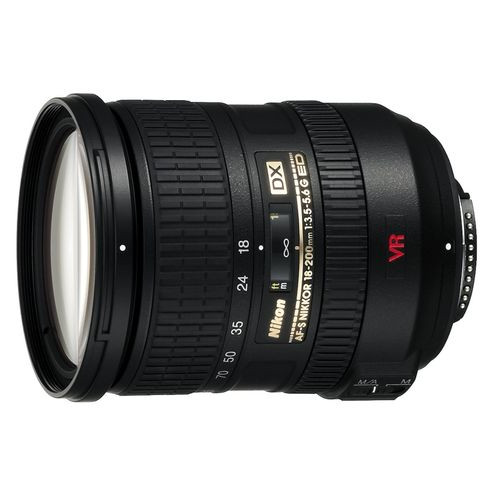
Nikon's best superzoom specifically for its APS-C DSLRs, this 18-200mm incorporates a sophisticated stabilization system and a fast-performing AF system.
Read more below
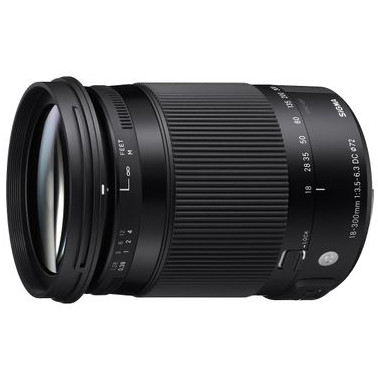
It's big and it's heavy, but the 'Contemporary' Sigma superzoom for Nikon DSLRs is an impressive lens that still manages to balance reasonably well.
Read more below
Load the next products ↴

Cut down to size, this extensive superzoom for APS-C Nikon DSLRs is especially suited to travel photography. Slashed second-hand prices have improved its appeal.
Read more below
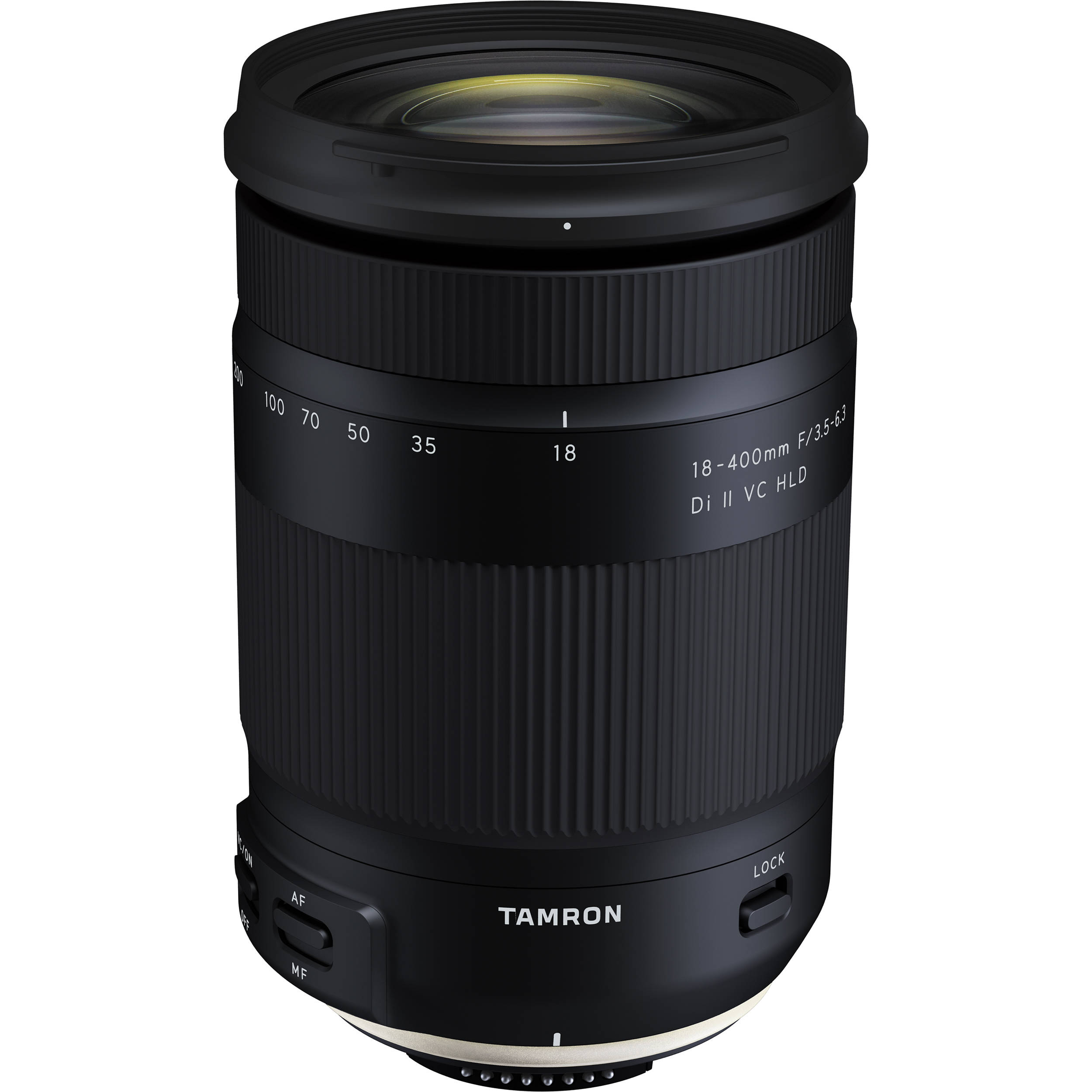
If you want maximum reach on your DX-format DSLR, this Tamron lens steps up to the plate, with an equivalent maximum zoom of 600mm in full-frame terms.
Read more below
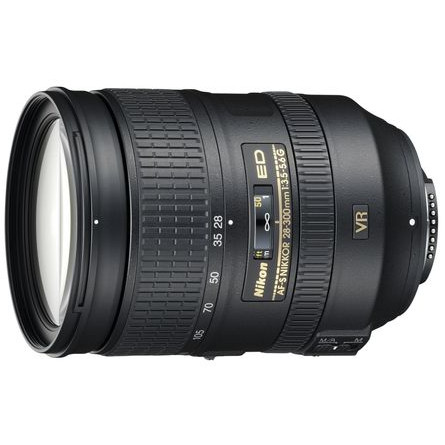
Full-frame Nikon DSLR shooters don't have a huge amount of choice these days – but this Nikon-made 28-300mm lens can be found second-hand.
Read more below
Best superzoom lenses for Nikon
Why you can trust Digital Camera World
Nikon Z superzooms
The best Nikon superzoom lens for full-frame Nikon Z mount mirrorless cameras, such as the Z5 II, Z6 III, Z7 II and Z8.
Z 24-200mm
Specifications
Reasons to buy
Reasons to avoid
Sometimes as photographers, we have a very long wish list when it comes to lenses. Even though we have ‘interchangeable lens’ cameras, we hanker after a single lens that can do pretty much everything, with a mighty zoom range that stretches from serious wide-angle viewing to long telephoto reach. And we want it in a compact and lightweight build, with speedy autofocus and strong stabilization that enables consistent sharpness in handheld shooting.
This Z-mount superzoom ticks every box. It has a tough, weather-sealed construction but weighs in at just 570g, and offers the kind of zoom range normally requiring two separate lenses. Designed for full-frame FX Z-series mirrorless cameras (such as the Z5 II, Z6 III, and Z7 II), it also works well enough on the DX format models like the Z50 II, with an effective focal length range of 36-300mm. Naturally, what you lose in wide-angle ability you gain in telephoto reach. Autofocus is very fast, highly accurate, and practically silent, while VR is worth about 4.5 stops in beating camera shake. All in all, it’s a hugely versatile lens for any Z-series camera.
Read our full Nikon Z 24-200mm f/4-6.3 VR review
Z 28-400mm
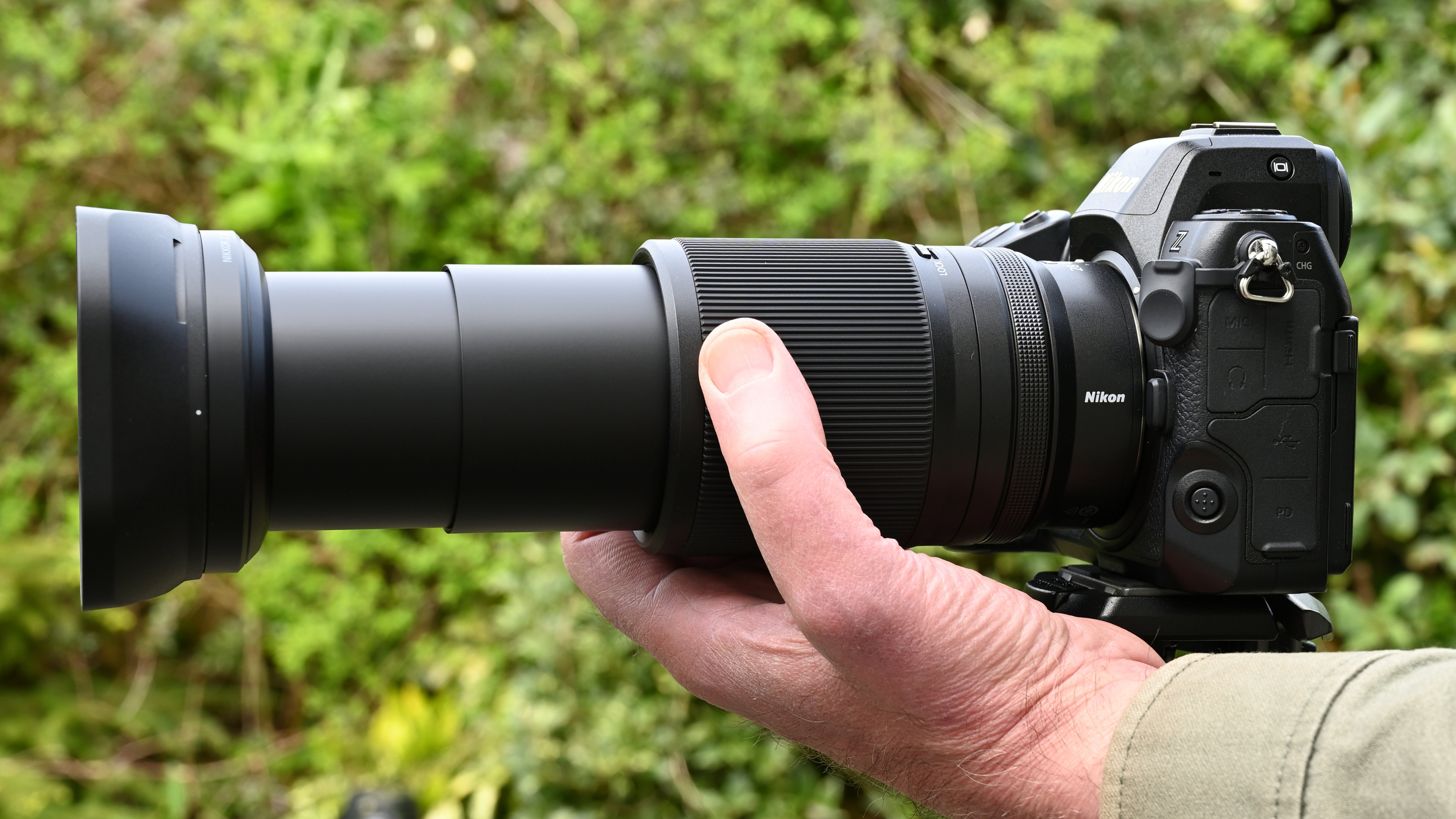
Specifications
Reasons to buy
Reasons to avoid
If you need even more zoom power than the Z 24-200mm offers, this Z-mount superzoom will fit the bill nicely. Offering double the telephoto focal length, the Nikon Z 28-400mm f/4-8 VR brings you from wide-angle (just) to super-tele with a twist of its zoom ring – and an extreme extension of the barrel. You may be alarmed at first by just how physically long this lens gets when you zoom it, but once you get used to it, you'll find yourself appreciating the versatility and the consistently strong image quality it offers.
There are other trade-offs, naturally. Having 28mm rather than 24mm at the wide end might not sound like much of a difference, but you do notice it. What's probably more significant, though, is that once you zoom all the way in to 400mm, you'll have a maximum aperture of just f/8 to work with (though the stabilization helps here). If you need the maximum zoom range, this is the better buy – otherwise, you may find more value in the faster, wider and lighter Z 24-200mm f/4-6.3 VR.
Read our full Nikon Z 24-200mm f/4-6.3 VR review
Tamron 35-150mm

Specifications
Reasons to buy
Reasons to avoid
The zoom range of the Tamron 35-150mm f/2-2.8 Di III VXD only extends from a moderately wide-angle 35mm to a moderately telephoto 150mm, but there's nothing moderate about its aperture, which goes from a prime lens-like f/2 at the wide lens to a still-really-fast, pro-spec f/2.8 when gully zoomed in, making it a superior 'catch-all' zoom well suited to wedding and event photography. This capability enables it to capture everything from wide group portraits to tight headshots without needing to switch lenses, and all in tricky lighting conditions.
It's driven by a VXD (Voice-coil eXtreme Drive) linear stepping motor that delivers super-speedy, consistently accurate, and near-silent autofocus, making it excellent for both stills and video. Center sharpness is impressive throughout the zoom range, and the wide apertures produce beautiful bokeh for pleasing background blur in portraiture. The lens also features robust weather-sealing and a fluorine-coated front element. However, it's a weighty beast, at nearly 1.2kg, making it a bit too heavy for travel photography.
Read our full Tamron 35-150mm f/2-2.8 Di III VXD review
Nikon Z DX superzooms
The best (and so far only) Nikon superzoom lens for DX Nikon Z mount mirrorless cameras with APS-C-sized sensors, such as the Nikon Z30, Z50 II and Z fc
Z DX 18-140mm
Specifications
Reasons to buy
Reasons to avoid
This is a good everyday lens for users of DX-format Nikon Z mirrorless cameras. The Nikon Z DX 18-140mm f/3.5-6.3 VR is essentially a mirrorless remake of the firm's popular AF-S DX 18-140mm VR lens for APS-C DSLRs, though it lacks a few features of that lens, like VR on/off and auto/manual focus switches, not to mention a weather-sealed construction. Minor gripes aside, this is a capable all-purpose lens that delivers impressive performance and is a credible alternative to switching between a Nikon Z DX 16-50mm f/3.5-6.3 VR and a Nikon Z DX 50-250mm f/4.5-6.3 VR lens.
Read our full Nikon Z DX 18-140mm f/3.5-6.3 VR review
Nikon DX DSLR superzooms
The best superzooms for F-mount Nikon DX DSLRs, such as the Nikon D3500, Nikon D5600, or D7500. Note that these lenses are no longer in production, so you may be shopping second-hand, but happily, that means it's often easier to get a knockdown price.
DX 18-200mm
Specifications
Reasons to buy
Reasons to avoid
This is actually the Mk II edition of Nikon’s 18-200mm VR lens. However, both editions have the same optical design and second-generation VR system, which includes automatic panning detection in Normal mode, plus an additional ‘Active’ mode for overcoming increased physical vibrations. The most obvious update is that the Mk II features a zoom lock switch. Sharpness at 200mm is better than from the smaller of Nikon's two 18-300mm lenses, but barrel distortion at 18mm is equally poor. There’s less colour fringing, autofocus performance is faster, and the addition of Active VR mode is a bonus.
Read our full Nikon AF-S DX 18-200mm f/3.5-5.6G ED VR II review
Sigma 18-300mm
Specifications
Reasons to buy
Reasons to avoid
Measuring 79x102mm and weighing 585g, this is one of the bigger and heavier lenses on this list, but it’s still manageable and feels well-balanced, even on lighter DSLR bodies. It certainly goes large on zoom range, with a telephoto reach equivalent to 450mm in full-frame terms, although it can’t match the Tamron 18-400mm's 600mm maximum effective focal length. Autofocus is a little pedestrian and it would be nice if the manual focus ring didn’t rotate during AF. However, thanks to the inclusion of top-grade FLD (Fluorite Low Dispersion) elements, this lens outguns many of its rivals for sharpness.
Read our full Sigma 18-300mm f/3.5-6.3 DC Macro OS HSM | C review
DX 18-300mm
Specifications
Reasons to buy
Reasons to avoid
Compared to Nikon’s first 18-300mm superzoom, this later edition is narrower, shorter and slashes nearly 300g off the weight, making it much more manageable. The downsizing is partly down to clever design, but there’s also a sacrifice in the widest available aperture at long zoom settings, which shrinks from f/5.6 to f/6.3, but that's no slower than the competing Sigma and Tamron lenses. Sharpness is good at wide angles but tails off dramatically at 200mm, and is disappointing towards the 300mm mark. Other attributes of image quality are uninspiring as well, making this poor value at the price.
Read our full Nikon AF-S DX 18-300mm f/3.5-6.3G ED VR review
Tamron 18-400mm
Specifications
Reasons to buy
Reasons to avoid
This lens is the superzoom of choice if you want maximum telephoto reach – and it performs rather well, considering its massive 22x zoom range. However, Sigma's 18-300mm is smaller and lighter in weight, is sharper, and offers better value for money. Superzoom lenses are all about compromise, and this one pushes the envelope a bit too far in extreme focal length and pays the penalty in size and portability. It's the superzoom with the biggest reach, but that's not enough to get it to the top of my list.
Read our full Tamron 18-400mm f3.5-6.3 Di II VC HLD review
Nikon FX DSLR superzooms
When it comes to the best Nikon superzoom lens for Nikon F-mount full-frame FX DSLRs, such as the Nikon D850 or the Nikon D780, there has only ever been one real choice, and you'll have to hunt for it second-hand…
FX 28-300mm
Specifications
Reasons to buy
Reasons to avoid
Nikon only makes one superzoom lens for its FX DSLRs, and it's this one. The AF-S NIKKOR 28-300mm f/3.5-5.6G ED VR has been around for a little while, perhaps because Nikon expects that owners of full-frame cameras are less likely to pick a do-it-all lens like this one. There's not a lot wrong with the 28-300mm's performance, as it achieves a similar level of quality to other superzooms – where you're paying for focal range rather than optical quality. While the image quality is decent, though, you're paying plenty for it, both in terms of price and weight.
Read our full Nikon AF-S 28-300mm f/3.5-5.6G ED VR review
How to choose a superzoom lens
The main thing that's going to affect the superzoom you buy is which type of Nikon camera you have – an F-mount DSLR or a Z-mount mirrorless camera. There were once lots of options for F-mount Nikon DSLR cameras – however, nearly all of these are now out of production, so you will most likely need to buy these secondhand (but that does mean they can be extremely affordable).
In Z-mount, there are three Nikon own-brand options. However, they are all in production and in plentiful supply. The Tamron 35-150mm also just about qualifies as a superzoom, although it doesn't go either very wide or very long, but boy, is it fast. Mirrorless shooters should also be aware that they can adapt F-mount lenses for use on their Z-mount camera, using the FTZ mount adapter.
With both Z and F mounts, there are different models available depending whether the camera uses a DX- or FX-sized sensor (Nikon's terms for APS-C and full-frame, respectively). Choosing the right type is important, as a DX lens will only work in DX-crop mode on an FX camera, which only uses the central portion of the image sensor and results in a low-resolution image. FX lenses do work on DX cameras, however they can be quite heavy and unbalanced (and sometimes cost a fair amount more). Remember also that the smaller sensor will incur a crop factor that extends the lens' effective focal length by 1.5x. So, an 18-400mm superzoom lens mounted to an APS-C camera will behave like a 27-600mm lens.
How we test lenses
We test lenses using a mix of both real world sample images and lab tests. Our lab tests are carried out scientifically in controlled conditions using the Imatest testing suite, which consists of custom charts and analysis software that measures resolution in line widths/picture height, a measurement widely used in lens and camera testing. We find the combination of lab and real-word testing works best, as each reveals different qualities and characteristics.
FAQs
What is a superzoom lens?
There isn't a precisely quantified definition of a superzoom lens, but generally, it refers to any lens with a focal range that runs from wide-angle to telephoto. If the wide end of a lens is 28mm or wider and the telephoto end is 200mm or longer, it counts as a superzoom. Though practically there is some variance at both ends – for instance, I've included the Tamron 35-150mm f/2-2.8 Di III VXD, which only goes from 35-150mm, and Sigma's 60-600mm f/4.5-6.3 DG OS HSM Sport 'Bigma' lens is often considered to count, even though its 60mm starting point is most definitely a standard, rather than wide, focal length.
Are superzoom lenses worth buying?
Yes – as long as you're aware of the drawbacks as well as the advantages. Cramming a big zoom range into a compact lens inevitably compromises the maximum aperture rating. In the past, this made superzoom lenses difficult to operate without experiencing camera shake at the telephoto end but the advent of optical image stabilization has gone a long way towards correcting this problem.
Superzooms make sacrifices in terms of optical quality, too, especially at the longer zoom settings, where it's not uncommon to see some soft detail and noticeable color fringing at the edges of the frame.
I don't say this to put you off superzooms – far from it. I consider them some of the best lenses for travel thanks to their unbeatable reach. They're for those who don't need absolute top-end image quality but want to be covered in every situation, and who'd rather pack one lens in a bag instead of two or three and have a camera setup that will carry them through an entire day's shooting.
Read more:
• These are the best Nikon lenses to get started with
• We pick the best Nikon telephoto lenses
• The best Nikon wide-angle lenses right now
• The best Nikon cameras
• The best superzoom lenses for Canon cameras
• The best lenses for travel photography
The best camera deals, reviews, product advice, and unmissable photography news, direct to your inbox!
Matthew Richards is a photographer and journalist who has spent years using and reviewing all manner of photo gear. He is Digital Camera World's principal lens reviewer – and has tested more primes and zooms than most people have had hot dinners!
His expertise with equipment doesn’t end there, though. He is also an encyclopedia when it comes to all manner of cameras, camera holsters and bags, flashguns, tripods and heads, printers, papers and inks, and just about anything imaging-related.
In an earlier life he was a broadcast engineer at the BBC, as well as a former editor of PC Guide.
- Adam WaringGuides Editor
